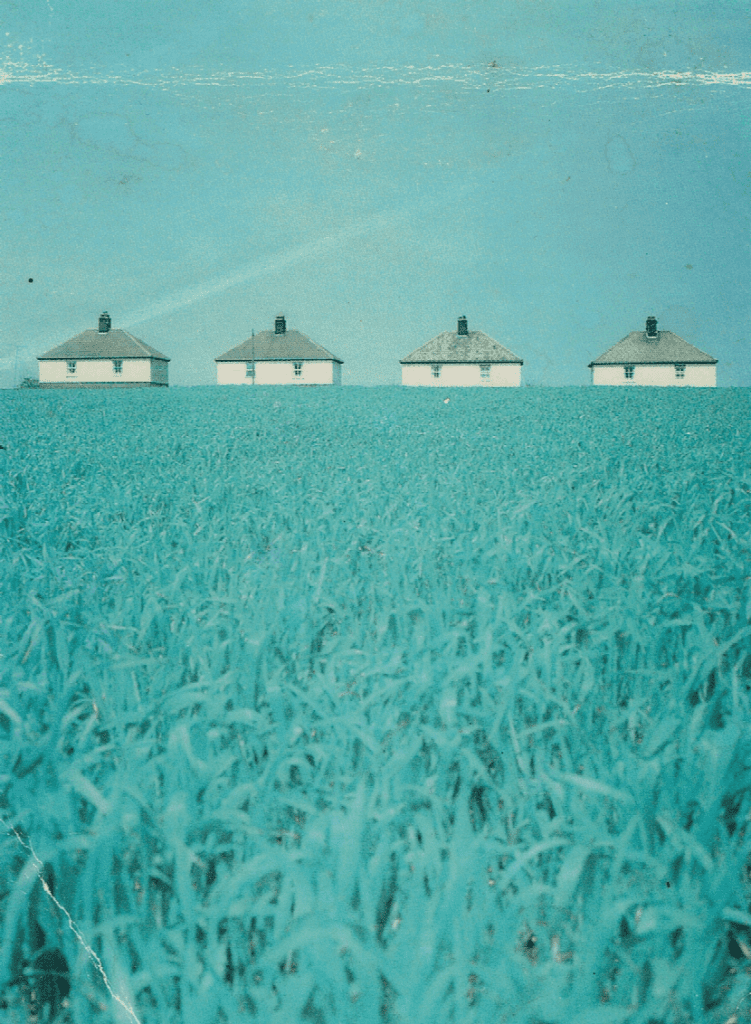
Holderness Rural District Council had a list of 12 house-types from which to select the best combination for the requirements for a given village (s.p.b.s). By 1940, in the ex-Skirlaugh R.D.C. parishes nine of the 12 had been built, at Brandesburton five of the 12 were chosen for the new council houses there, three types in the 11 new houses at Aldbrough. Initially in the Holderness R.D.C. area was to have a water closet, copper and coalhouse in detached outbuildings at the back of the property but the Ministry of Health recommended that that a ‘wash-house’ including a copper, coal store and water closet be incorporated inside the house off the scullery. The mains water supply to each of these new houses fed the sink, bath and, possibly, the copper which required each house to be connected to the village’s main sewer system.
This was quite a progressive provision in rural communities for the the 1930s. The village I grew-up in did not get a mains sewer until the 1990s previous to which each cottage had a cesspit which was periodically (every few years) emptied by a council lorry with a suction motor and pipes attached, this to be paid for by the householder. The cottage had had a water closet installed in the 1950s kitchen extension.
By the late 19th century a controversy raged nationwide over the advisability of water closets, this an offshoot of the great public health debates and reforms of Victorian Britain. The great disadvantage of water closets was seen as their need to be connected to a mains water supply and mains sewer, and the considerable costs involved. At that time a later controversy about sewage disposal (1960s) did not figure.
Furthermore a benefit of earth closets, usually located outside the house, was that the gap at the top of the door allowed noxious fumes to be dispersed into the atmosphere. In rural areas the ‘deposits’ could/were used to fertilise the garden.
(to be continued)